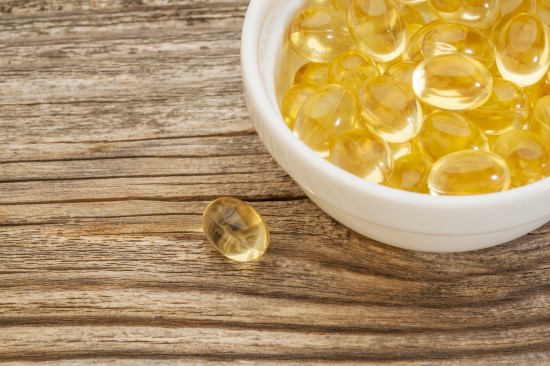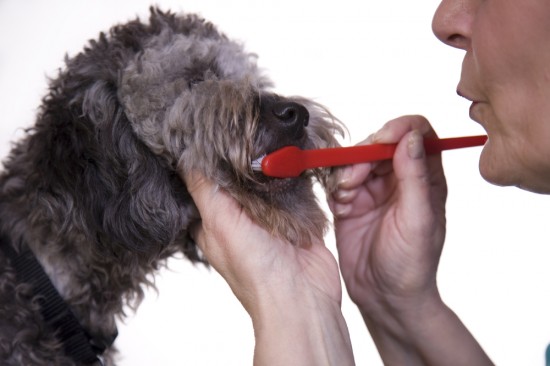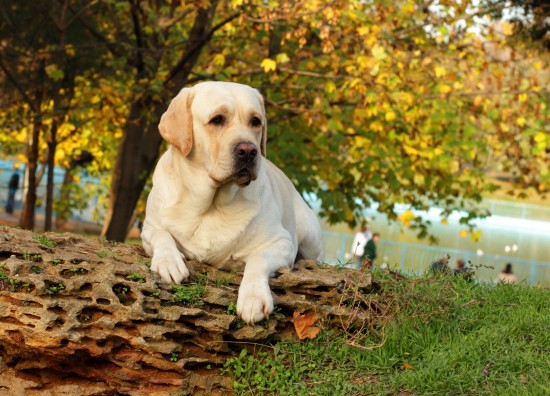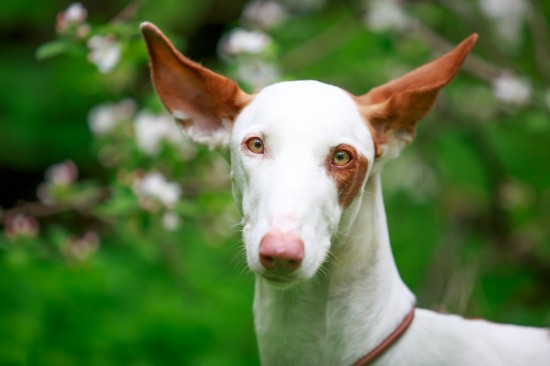
Goldfish are hardy freshwater fish. While most people know about
them, they do not necessarily know all about them. This article
attempts to tell you a lot more. They originated from the Gibal
Carp. Over the past 2000 years, beginning in China, Goldfish
were the result of breeding and early genetic like
experimentation. Unlike many other species, various genetic
traits can be changed over 3-4 generations with Goldfish.
Wild “Goldfish” live in an environment of ponds, lakes, and
other water holes and can be found in Moving and still water
ranging from 50 to 90 degrees Fahrenheit / 10 to 32 degrees
Celsius. The largest types of goldfish can grow to be upwards of
12 inches/ 30 cm and with weights around 5 ½ pounds / 2.5 Kg.
In the wild, their colors tend to be darker and paler which
seems to be a direct result of the amount of light in their
environment. Their colors actually include gold, bronze, and
pink. They have a couple sub-hues of the sort too, metallic and
calico.
It is time to shatter a myth, a dream about keeping goldfish.
Those cute little bowls that are often sold containing goldfish
are not the right environment for Goldfish. They need more room,
as they can grow large and need high oxygen levels in the water.
Something that is hard to maintain in a bowl. Small aquarium
tanks are never wise for aquarists, as they can have more
drastic (and fast) changes in the water quality. This means that
the water very fast can turn toxic and kill your goldfish. You
sometime hear people being proud that my new goldfish has lived
for 3 or 6 month or something like that. A six month old
goldfish is really nothing to be proud of as these fish can
become 30 and even 40 years old with the proper care.
For a Goldfish aquarium tank, it is advisable to have a tank
with a lot of surface area as that allows more water contact
with the air which means more oxygen in the water. For every
inch of Goldfish, you should have 30 square inches of surface
area. Do not forget that they will grow, and some variety can
become as large a foot / 30 cm.
Goldfish should be kept in freshwater and can in some areas be
taken directly from the tap. Check with a local fish store to se
if the water in your area is good enough to house fish in and
use a good water preparation chemical. Make sure that new water
that you add to the aquarium keeps the same temperature as the
old water in the aquarium. You should always let your aquarium
stand for about a week after first adding water to it before
adding any fish. This process is called cycling and makes the
water more suitable to support life.
Gravel on the bottom is wise, as it will help the Goldfish to
feel more at home. About 1/8 inch is good. It is a good idea to
avoid dyed gravel, as it might have contaminants that your
Goldfish will not appreciate in terms of health.
Filtration are not, with good water changes, as necessary for
Goldfish as they are with many other fish, though still a good
idea and strongly recommended, as it will make your task a bit
simpler and help you keep the water conditions good. The
filtration will also start a current which increase the oxygen
levels in the aquarium tank which is beneficial Oxygenating is a
good thing as well. It will help release some harmful chemicals
in the water, and helps oxygenate the water as well. A simple
air stone, and pump for your Goldfish will help them live
happier and healthier, and the cost are worth every penny of it.
Goldfish, like most other fish, do enjoy some environment to
play in. Places to hide and find shade in. One other aspect, it
is wise to have at least 2 goldfish, as they do like company.
Loners in the fish world probably are not that much different
from those in the human one. Do not leave your precious pet
alone without someone to play with. Make sure all things in the
tank are meant to be in a fish tank, and that they are clean, so
they don’t add harmful chemicals. Don’t use any detergents to
clean the fish tank and/or any part of decoration and equipment.
Lighting will help the fish to maintain the best color.
Florescent Normal Output bulbs do well for Goldfish, although
high output bulbs can make your goldfish colors look and be even
brighter.
You should take care bringing the Goldfish home. Darkness, room
temperature, and gentleness are a great idea, as they will help
lessen the stress on the goldfish during the move. Another
aspect is that it is wise to dim the lights before adding them
to the tank to further reduce stress. Before releasing them into
the tank you should let the bag float on top of the aquarium for
a while. (At least 15 minutes) you should thereafter open the
bag and but about a cup of water in it and than wait another 15
minutes. You should repeat this process 4 times before you
release you fish in their new home. This will give the goldfish
the possibility to slowly adept to the new water conditions.
Once things are up and running, you should change some of the
water in the tank weekly. This helps remove stale water and
clean out some debris. You should siphon about 15% of the water
out and from the bottom at the gravel where the debris fall.
Then replace the removed water with the fresh water, make sure
that the new water has the same temperature as the water in the
aquarium. If the water changes causes big changes in the water
values it might stress the Goldfish.
Goldfish have special nutritional needs that are often available
as “Goldfish Food.” For example, Goldfish need more
carbohydrates in their diet than many other fish species. It is
wise to only add enough food for them to eat fully in 5 or 10
minutes. Any more will likely be waste resting at the bottom and
worsen the water quality. It is better to feed them 2-3 times a
day then it is once a day.
 Should You Give Your Dog A Fish Oil Supplement?
Should You Give Y
Should You Give Your Dog A Fish Oil Supplement?
Should You Give Y
 The Importance Of Looking After Your Dogs Teeth
The Importance Of
The Importance Of Looking After Your Dogs Teeth
The Importance Of
 How To Manage Your Labrador Retriever’s Weight And Eating Habits
How To Manage You
How To Manage Your Labrador Retriever’s Weight And Eating Habits
How To Manage You
 10 Very Unique Dog Breeds You May Not Know About
10 Very Unique Do
10 Very Unique Dog Breeds You May Not Know About
10 Very Unique Do
 For Building Chicken Coops What Things You Need To Consider
For Building Chicken Coops What Things You Need To Conside
For Building Chicken Coops What Things You Need To Consider
For Building Chicken Coops What Things You Need To Conside
Copyright © 2005-2016 Pet Information All Rights Reserved
Contact us: www162date@outlook.com